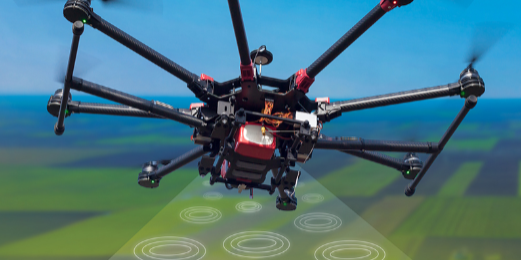An innovative approach to artificial intelligence (AI) enables reconstructing a broad field of data, such as overall ocean temperature, from a small number of field-deployable sensors using low-powered “edge” computing, with broad applications across industry, science, and medicine.
“We developed a neural network that allows us to represent a large system in a very compact way,” said Javier Santos, a Los Alamos National Laboratory researcher who applies computational science to geophysical problems. “That compactness means it requires fewer computing resources compared to state-of-the-art convolutional neural network architectures, making it well-suited to field deployment on drones, sensor arrays, and other edge-computing applications that put computation closer to its end use.”


